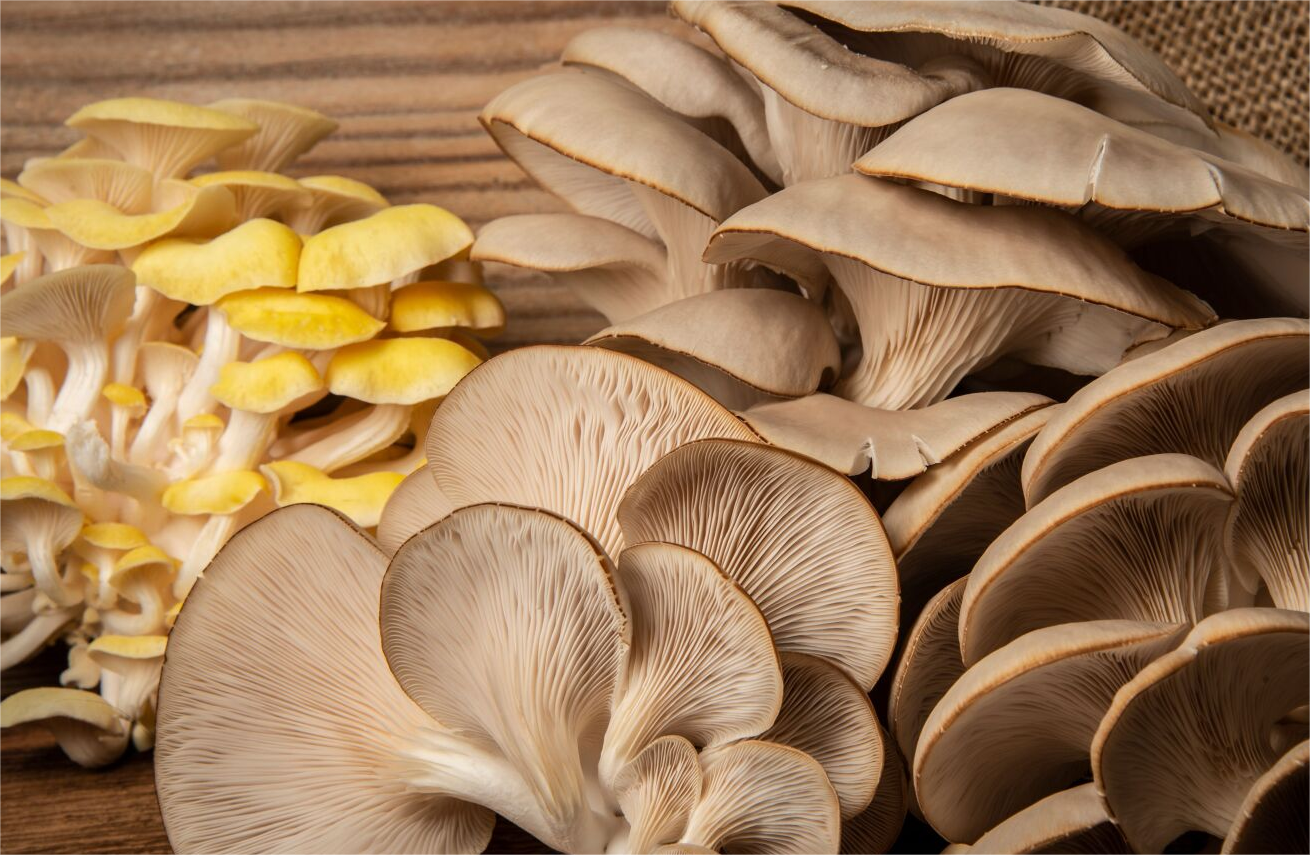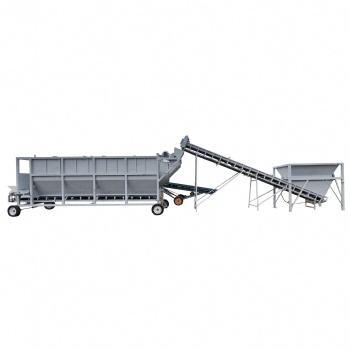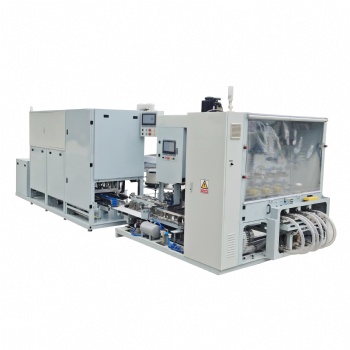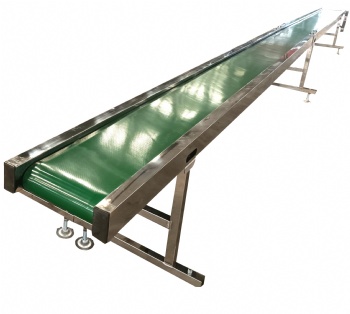News
The role of cottonseed hulls in the culture medium

Cottonseed hulls are waste products after cotton processing, mainly composed of seed hulls, short cotton lint and a small amount of cottonseed kernel powder. Crude protein is 5%~8%, short lint contains 22%~25% polypentose, 37%~39% cellulose, and the carbon/nitrogen ratio is 79~85. The structure is loose, the porosity is high, and the water absorption is strong. Therefore, the mycelium can quickly degrade the polypentose on the short lint, accumulate nutrients, and achieve the purpose of rapid mushroom production. Tremella and Oyster mushrooms are used as the main cultivation raw materials. Most factory-cultivated varieties widely use cottonseed hulls to increase the water content of the culture medium. However, the quality varies during the processing of cotton. Some contain more lint, some contain more seed hulls, and some use fallen cotton residues. Cottonseed hulls are divided into 24 grades. Generally, cottonseed hulls with medium shells and medium lint are selected; there is a rustling sound and a pricking feeling when held in the hand. Cottonseed hulls that have been stored for too long are prone to mites and will spread as people move around.
【Discussion】
The cotton cultivation area is unstable, resulting in large fluctuations in its supply and price. Cottonseed hulls contain cottonphenol, and some volatile substances will be released during sterilization, but this is not a problem. Most companies add cottonseed hulls to the cultivation formula. The short linter fibers are easily degraded, and the remaining hulls act as a "bridge" to increase moisture retention and ventilation.
Categories
Contact Us
- +86 15093267083
- +86 15093267083
- amy@zzbelead.com
- +8615093267083




